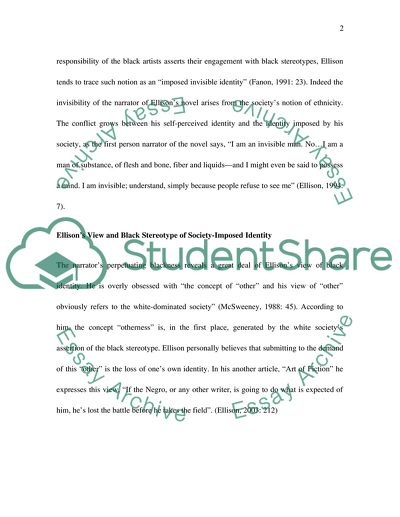Cite this document
(Black Stereotypes And Identity Crisis: Perpetuating Denial Of The Essay - 2, n.d.)
Black Stereotypes And Identity Crisis: Perpetuating Denial Of The Essay - 2. https://studentshare.org/literature/1561031-english-literature
Black Stereotypes And Identity Crisis: Perpetuating Denial Of The Essay - 2. https://studentshare.org/literature/1561031-english-literature
(Black Stereotypes And Identity Crisis: Perpetuating Denial Of The Essay - 2)
Black Stereotypes And Identity Crisis: Perpetuating Denial Of The Essay - 2. https://studentshare.org/literature/1561031-english-literature.
Black Stereotypes And Identity Crisis: Perpetuating Denial Of The Essay - 2. https://studentshare.org/literature/1561031-english-literature.
“Black Stereotypes And Identity Crisis: Perpetuating Denial Of The Essay - 2”. https://studentshare.org/literature/1561031-english-literature.


